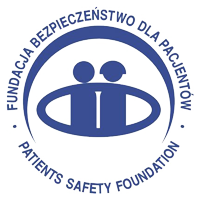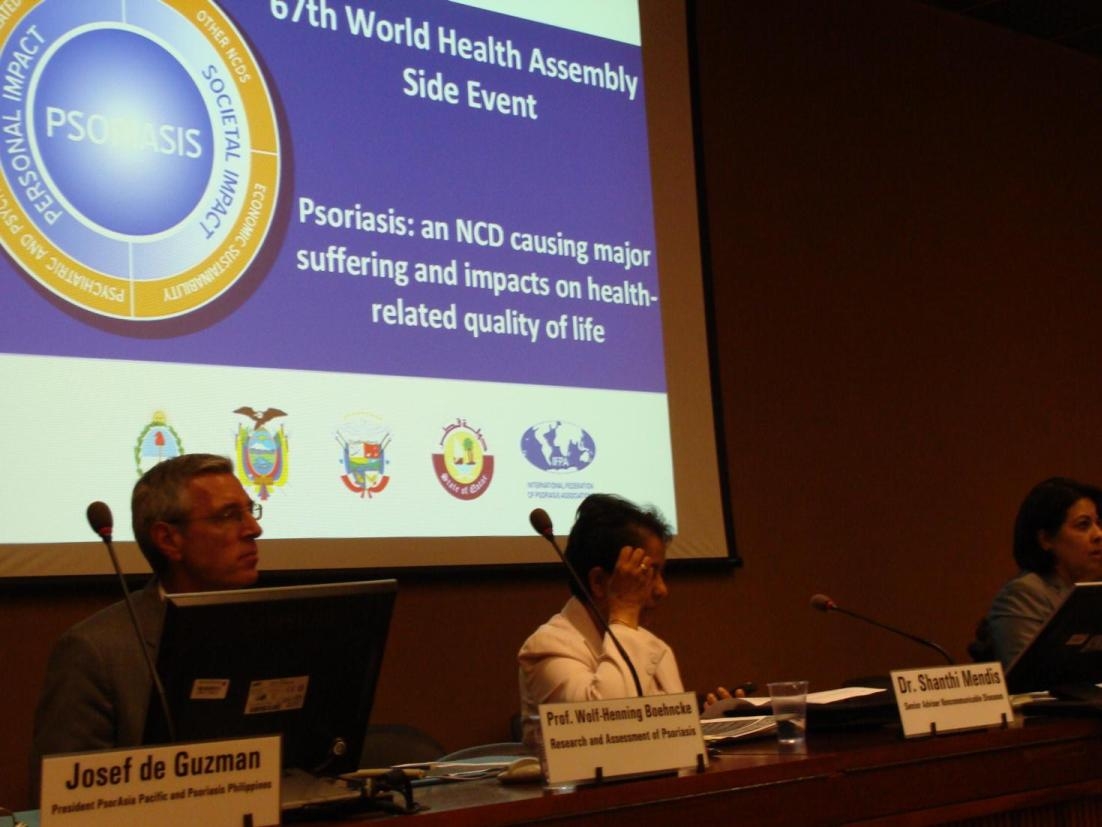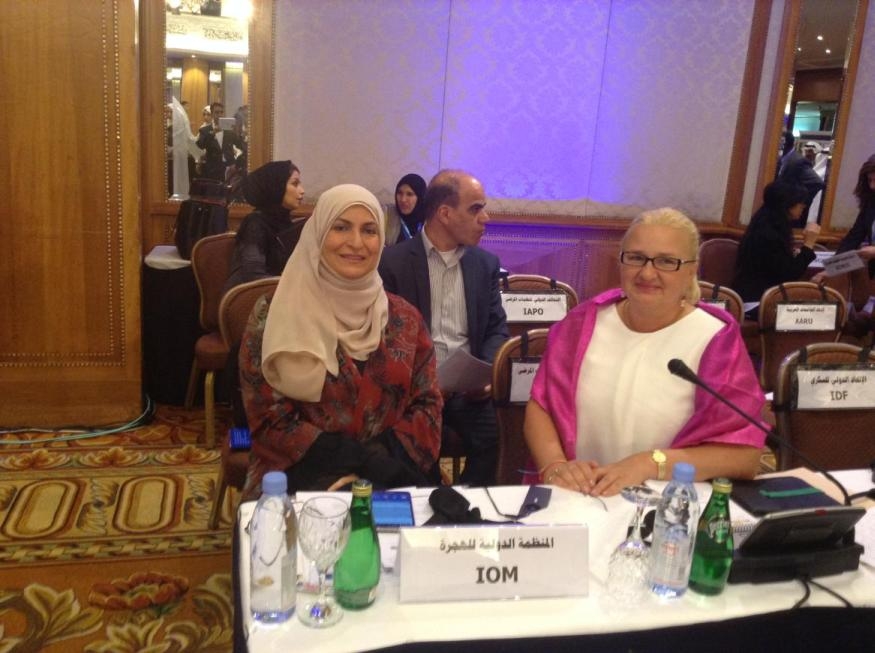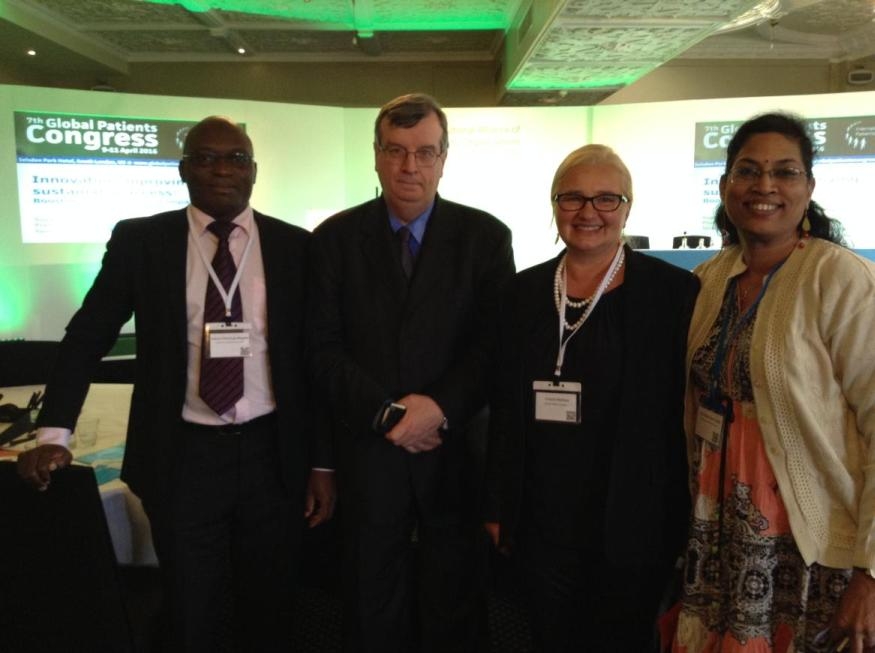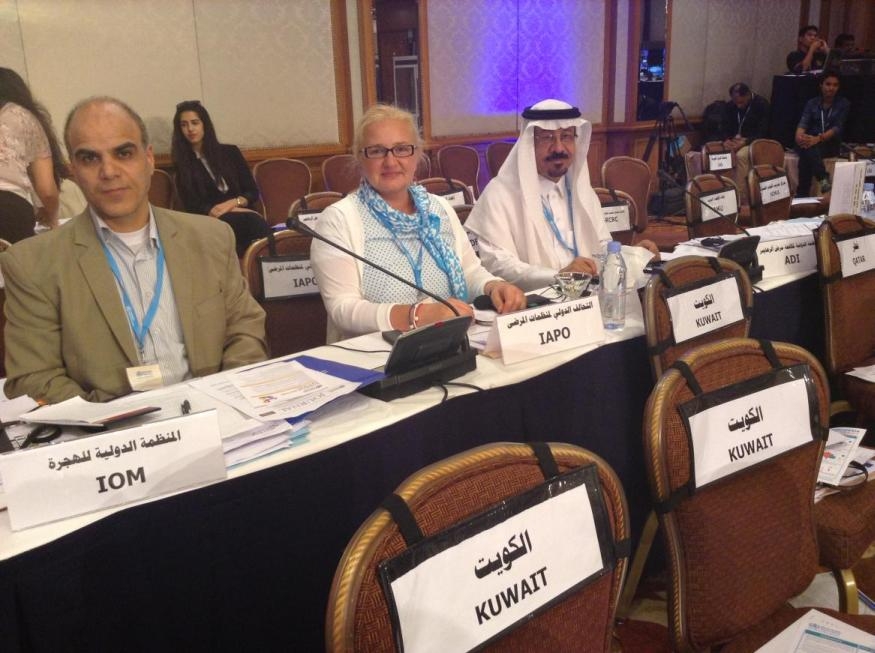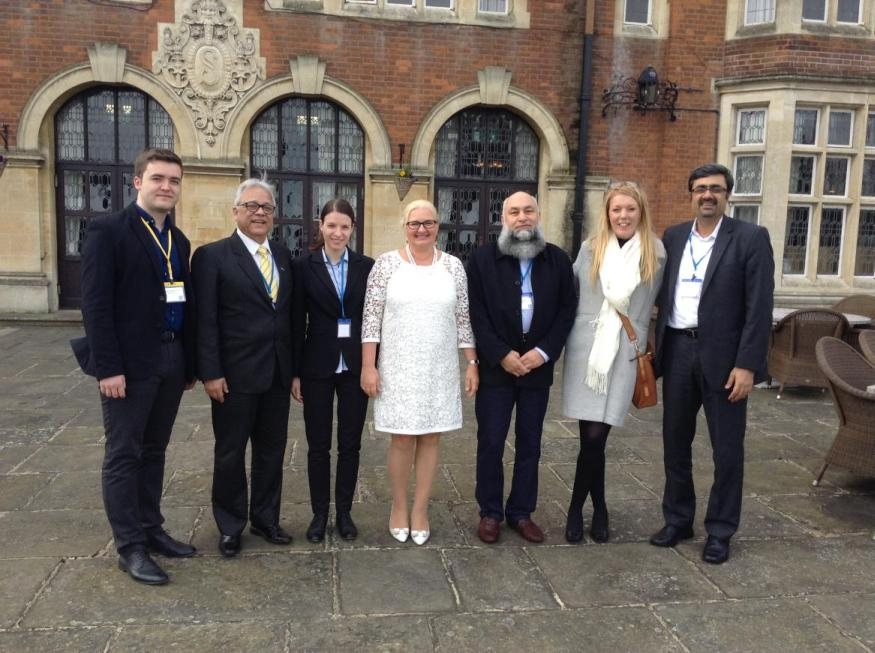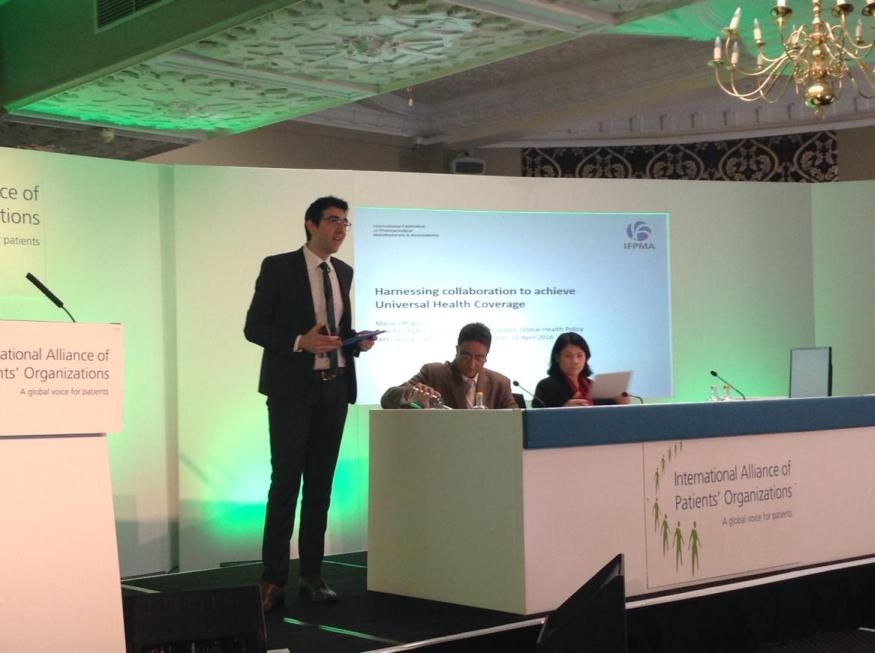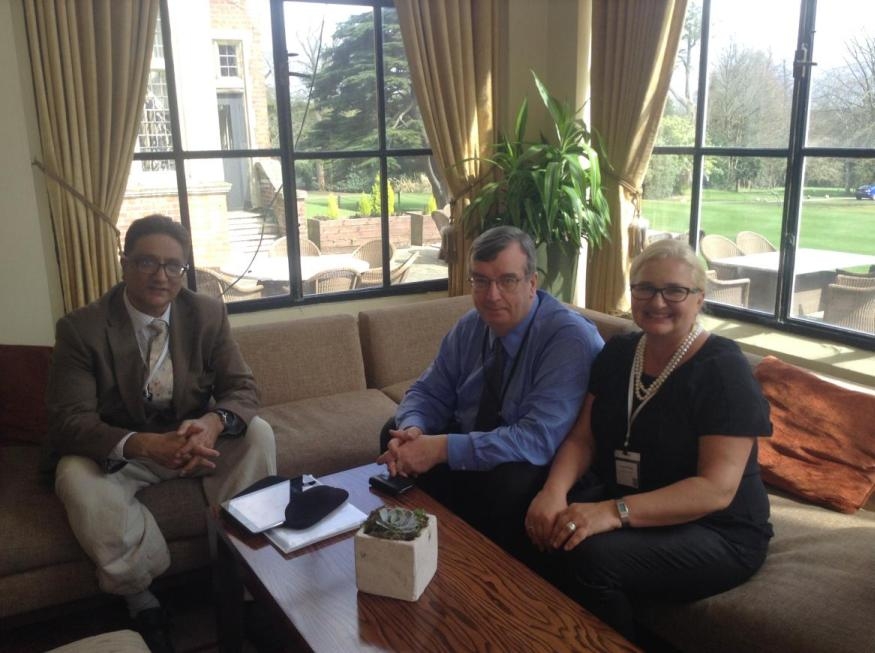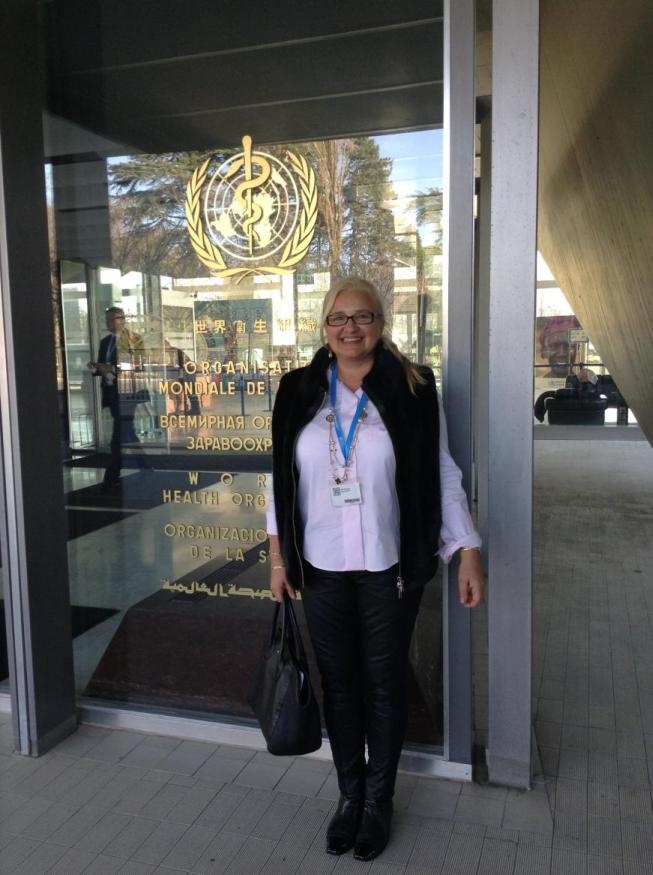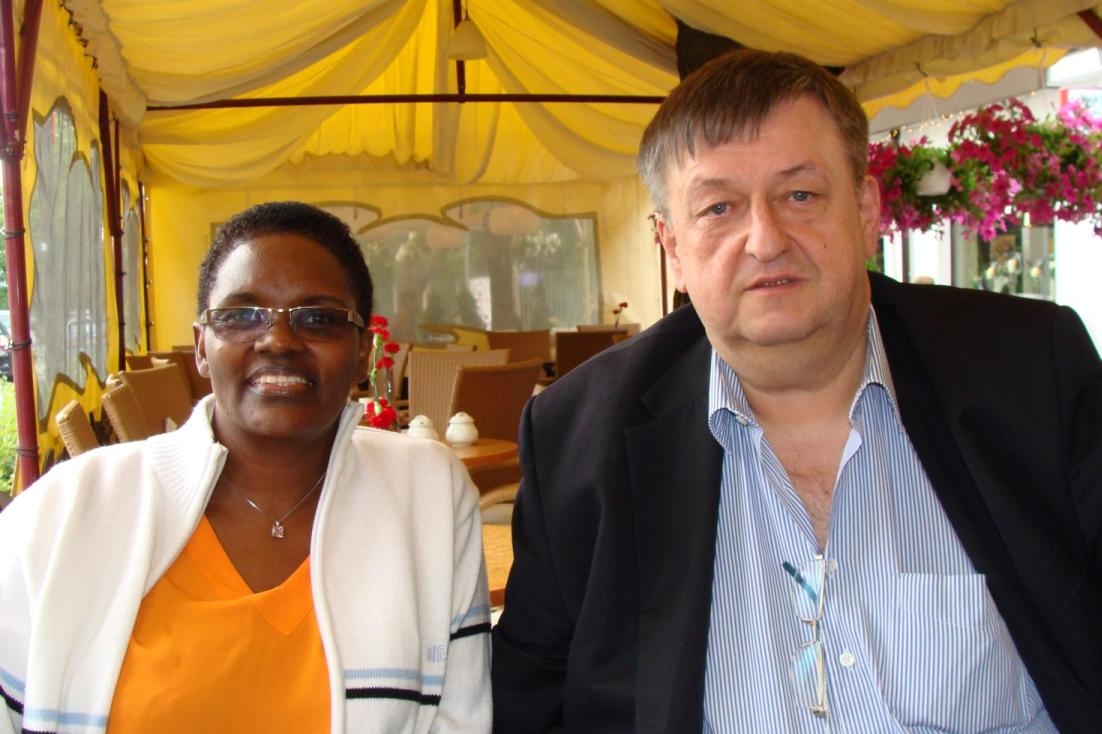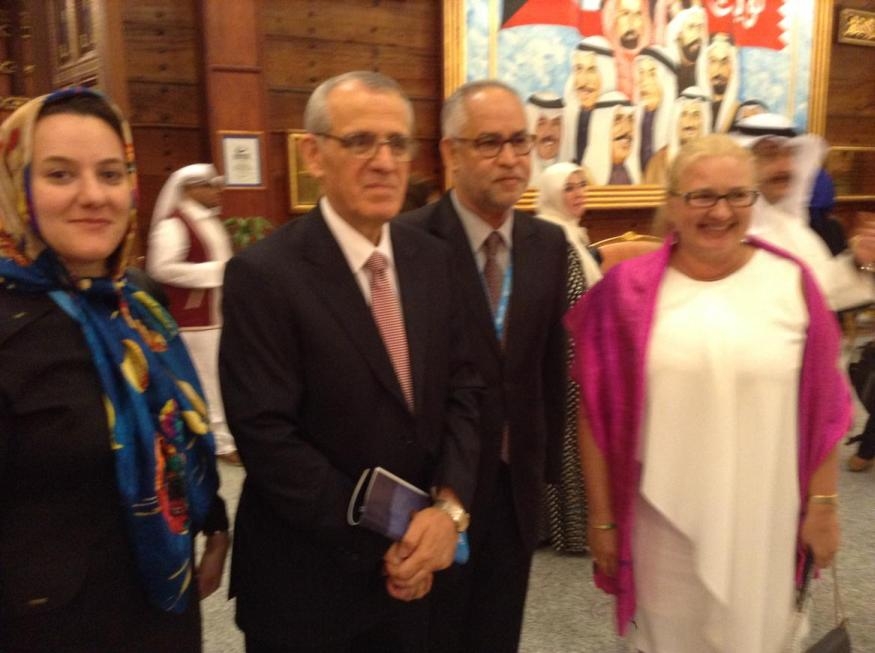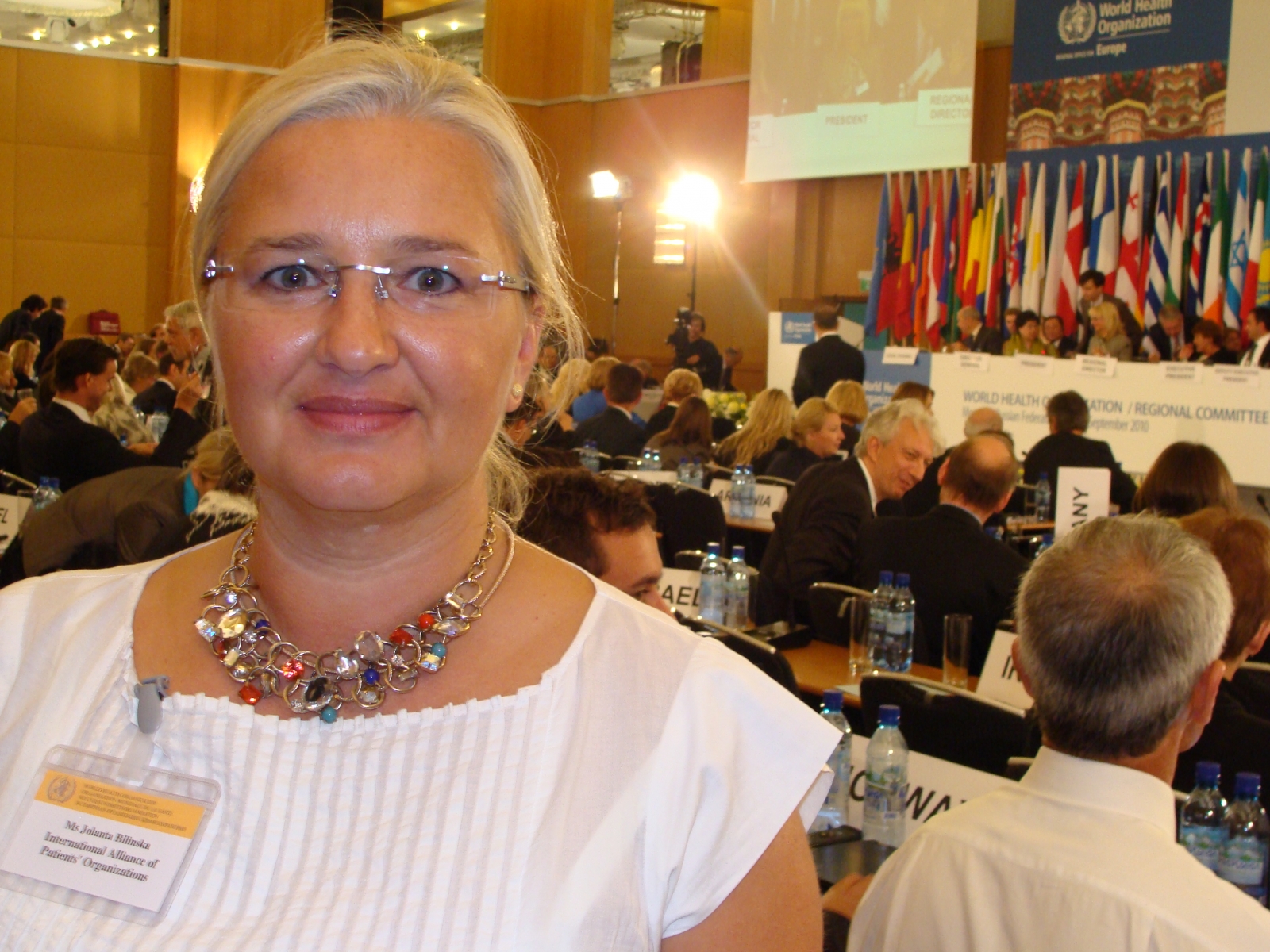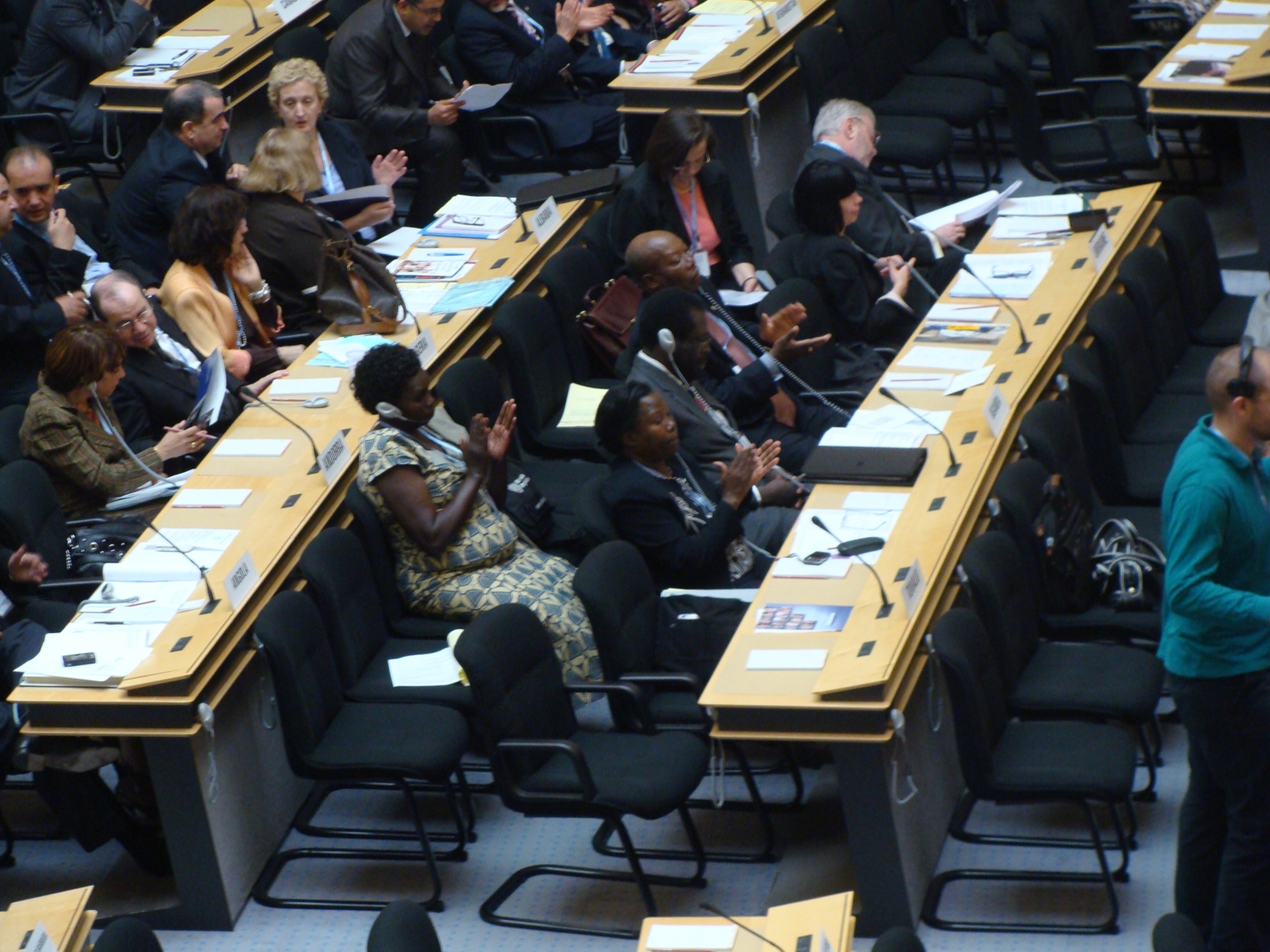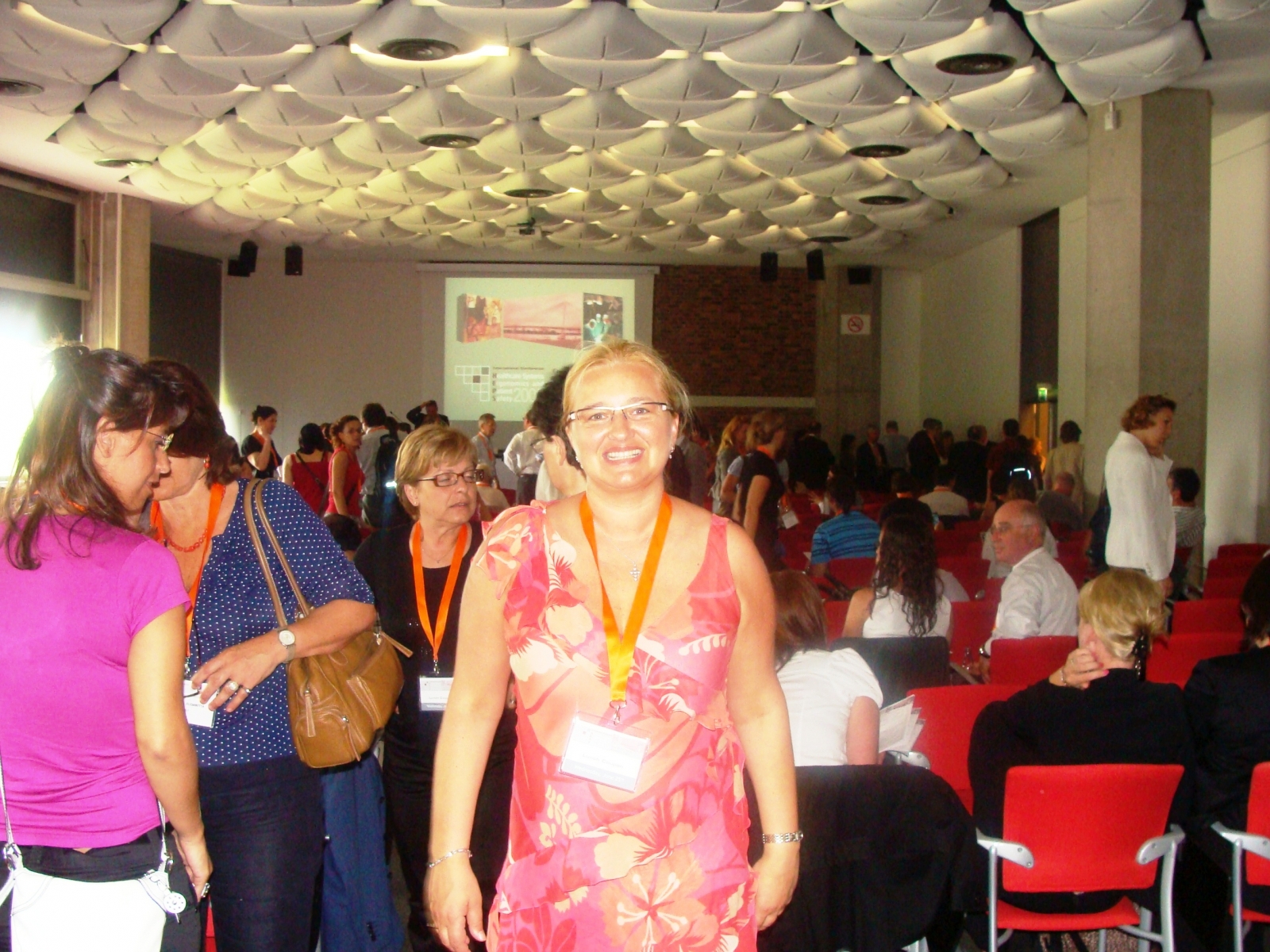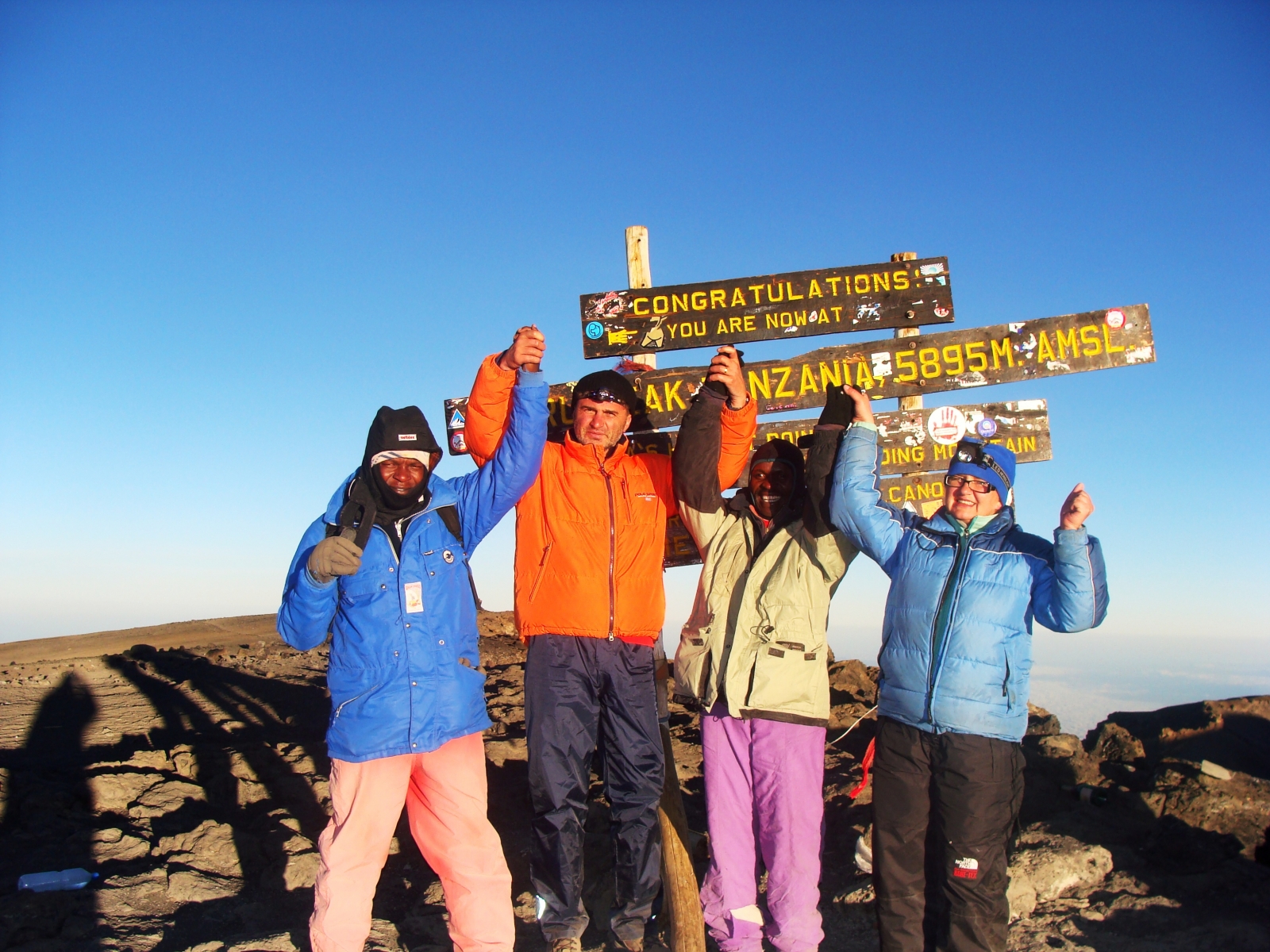Telemedicine – medical services provided via telephone or the Internet Telemedicine leaders: US – at a global scale, Italy – in Europe
Rome – March 2010. The kick – off event stressed that the patient must be at the center of this new ecosystem. The participants of the conference were: stakeholders, researchers, clinicians, people specialized in e-health field.
The 60s in the US – the launch of a satellite communication network which connected American military bases scattered all over the world with specialized health care centers in the US. 20 February 1962 – metabolic monitoring (pulse, ECG, blood pressure) of an astronaut, John Glenn on a NASA space mission. John Glenn circled the globe three times before a splashdown in the Atlantic Ocean.
1970 – the first use of ATS-6 satellites in telemedicine enabling patients in remote areas of Alaska and Canada to consult paramedical personnel from a distance.
1988 – portable record held in a smart card for patient care – the Santal Patient Card Project with 37 thousand health cards issued in France.
1999 – the ZEUS Surgical Robot System created by an American company; the robot was used in laparoscopic surgery and minimally invasive surgery.
2001- Operation Lindbergh, a telesurgical operation carried out on a patient in Strasbourg by a French Professor Jacques Marescaux staying in New York. This was the first time in medical history that a cholecystectomy with remote robotic system was performed. It required two video terminals connected with Zeus Surgical Robots.
What does telemedicine mean?
Telemedicine, defined as the practice of medicine from a distance, refers to the most advanced medical service and health care solutions. Telemedicine combines telecommunications and information technology with medicine.
The use of the newest technologies overcomes geographical barriers and enables the exchange of specialized information.
Two forms of telemedicine :
Asynchronous telemedicine – patient records, diagnosis and treatment data stored in computers available in digital form can be sent to specialized centers and can be consulted within 24 hours.
Synchronous telemedicine – real-time video conferencing where medical information is transferred in both directions along with images and sounds. It is used when urgent consultation or opinion is needed.
The development of telemedical services will enable the Europeans to save billions of Euros. In France, for 55 thousand hospital beds, there are 1.5 thousand patients staying at home under medical control. This year there are to be 10 thousand such patients. One-day treatment of a patient staying at home is three times cheaper than one-day treatment of a hospital patient.
Effective use of telemedicine
Specialized consultations – remote diagnosis and treatment provided by a physician who may stay as far as thousands of kilometers from a patient,
Tests,
Regular check-ups,
Long-term treatment,
Patient monitoring and monitoring of treatment results,
Assistance in difficult surgical operations,
Post accident treatment,
Marine and mountain rescue.
Benefits of telemedicine
– Better access to specialized medical care for populations living in towns and villages,
– Transfer of both static and dynamic images (highest-quality images, including ECG, ultrasound-based diagnostic images, MRI),
– Assisting smaller hospitals in specialized services and consultations,
– Permanent and patient- focused home medical care without physical presence of a physician or a nurse (highly important in rural settings and in isolated areas) e.g. in Canada where 40 percent of its landmass is in the Arctic,
– Rapid diagnosis and medical help in rescue operations,
– Better access to medical help in emergency and in natural disasters,
– Reduced hospitalizations and reduced patient travel,
– Lower total cost of treatment and medical care in a country,
– Better opportunities for providing trainings aimed at doctors and other medical personnel, especially in remote areas.
Use of various medical devices in a telemedicine system
An electronic stethoscope enables a doctor to listen to lung and heart sounds in patients with cardiac insufficiency from a distance.
An electronic sphygmomanometer and pulse oximeter constantly monitor blood pressure in patients with cardiovascular and respiratory diseases.
A glucose meter is vital in remote monitoring of patients with diabetes.
A spirometer connected to a computer or a special telephone device is used in remote care of patients with asthma.
The medical data acquired within a telemedicine system are transferred to a monitoring center where they are analyzed by the system and stored in the patient database. These data are available to doctors, medical personnel and to the patient at all time.
If a patient’s condition is worsening and the test results are exceeding certain limits, the system is sending an alert (via e-mail or telephone) to a doctor or a nurse who will contact the patient and decide about further steps to be taken e.g. a patient’s immediate visit to a hospital or changing a drug dose.
Telemedicine in Poland
Although all the hospitals in Poland have Internet access and use electronic safety systems, telemedical services are rarely offered.
– Very few hospitals are able to record medical data in digital form.
– Very few ambulances are equipped with special devices for data transfer.
– Only in 11% of cases are the consultations carried out during a patient transport
– Half of the Polish hospitals are able to store patient records in computers but on-line services are offered by only two hospitals.
– Access to medical databases is provided to doctors in 34% of medical centers while access to distant learning for doctors in offered in only 16% of medical centers.
Obstacles to telemedicine promotion
– Poles prefer direct contact with a doctor according to TNS OBOP Survey Institute (65% of population have never heard of telemedicine, 67 % of population are unaware of telemedicine services available in Poland).
– Poles prefer traditional consultations.
– Technical obstacles that could be overcome through infrastructure changes: health care centers need to be equipped with devices enabling digital records, telecommunication systems need to be modernized, refund of medical services by the National Health Fund need to be introduced.
– Sensitive data in telemedicine databases should be carefully handled (according to the Personal Data Protection Act).
Telemedicine application in Poland – the Institute of Cardiology in Anin and the Institute of Physiology and Pathology of Hearing in Kajetany
The Institute of Physiology and Pathology created the world first remote system of adjusting speech processor in cochlear implantation that offers control and assistance to ensure faultless functioning of a device implanted.
The speech processor of the patient is connected to a diagnostic interface in a computer located in a health center in the patient’s place of residence. The specialist who examines the patient and programs the speech processor works with a computer in Poland. When examining the patient, the specialist in Poland takes control over the computer in the patient’s place of residence via Internet connection.
Kardiotele, nonstop medical care in cardiology and ECG tests available on the phone from any location in the world
Operation mode: A patient places disposable electrodes on the body. The electrodes are connected to a small ECG recorder. A patient dials the number of Kardiotele line and a doctor on duty answers the phone. A patient starts the device and places it next to the receiver. The connection is available from a home number and from a mobile phone. A doctor can see then the recorded activity of a patient’s heart in the computer screen. Next a doctor asks questions about a patient’s condition and gives medical advice.
In some cases, a doctor can immediately call an ambulance sending the ECG to facilitate the medical help.
The service is aimed at those who:
– feel chest pain,
– suffer from hypertension,
– have had myocardial infarction or coronary artery bypass surgery,
– suffer from arrhythmia,
– live alone and need to feel safe.
Conclusion
1. The use of telemedicine has economic and social rationale.
2. Rapid development of technology and constantly decreasing cost of telecommunication and information services create opportunities for growing popularity of telemedicine home care.
3. Doctors and patients are apparently interested in telemedicine solutions such as telemedicine health care services to pregnant women, cardiovascular patients, patients with diabetes, etc.

